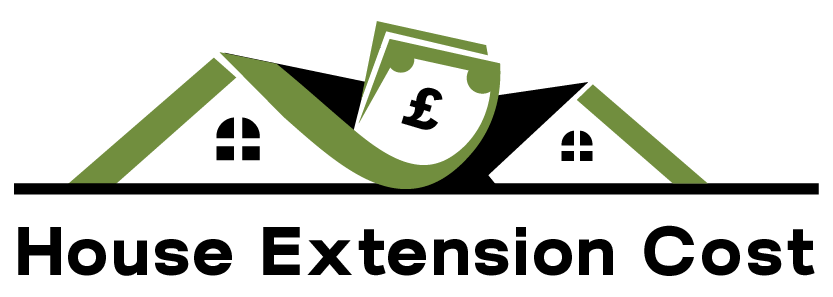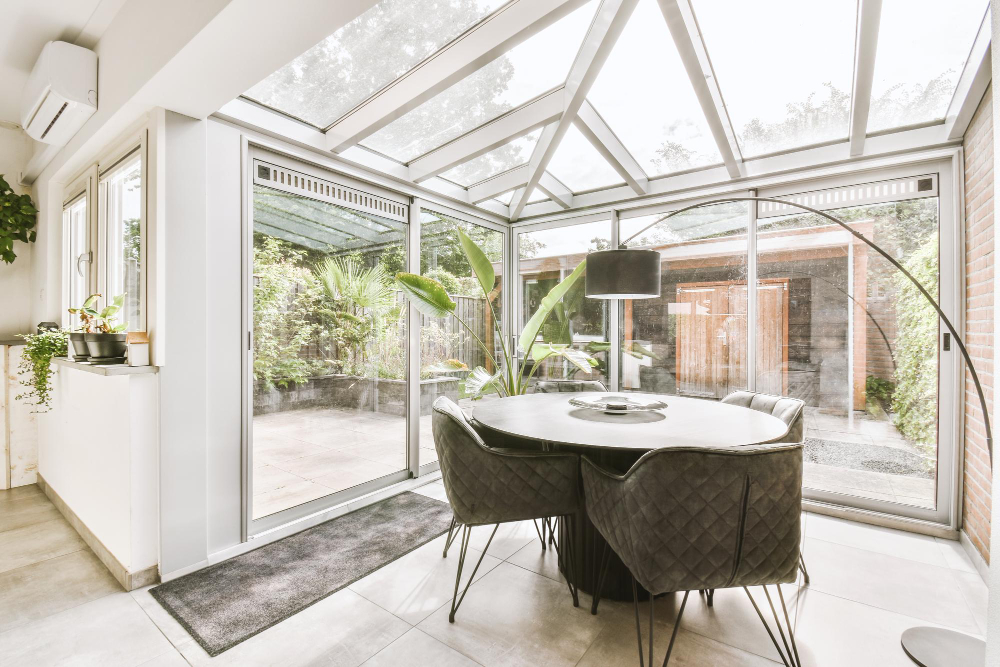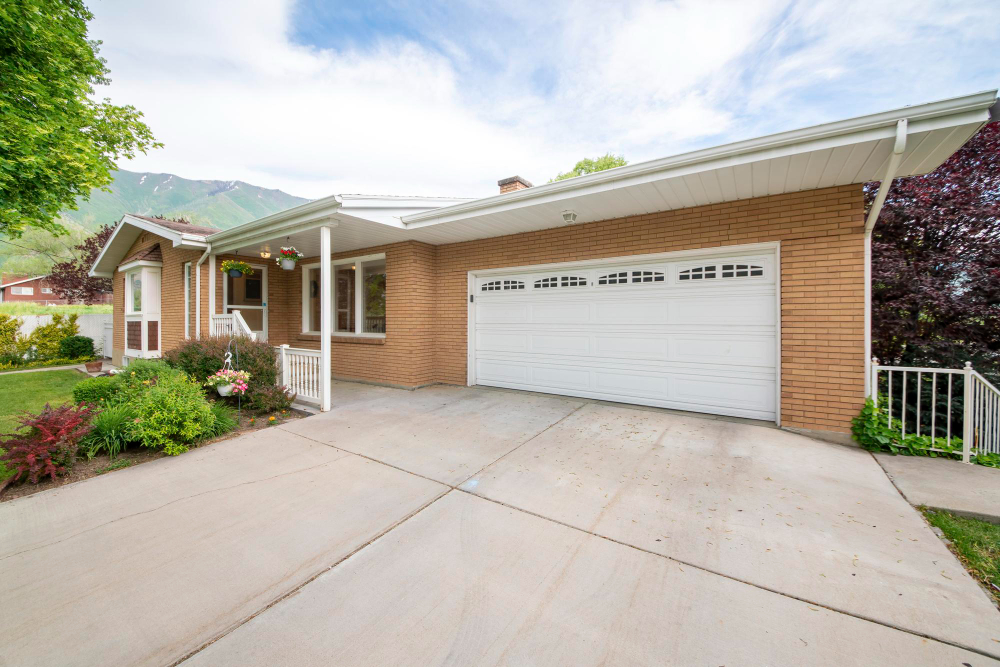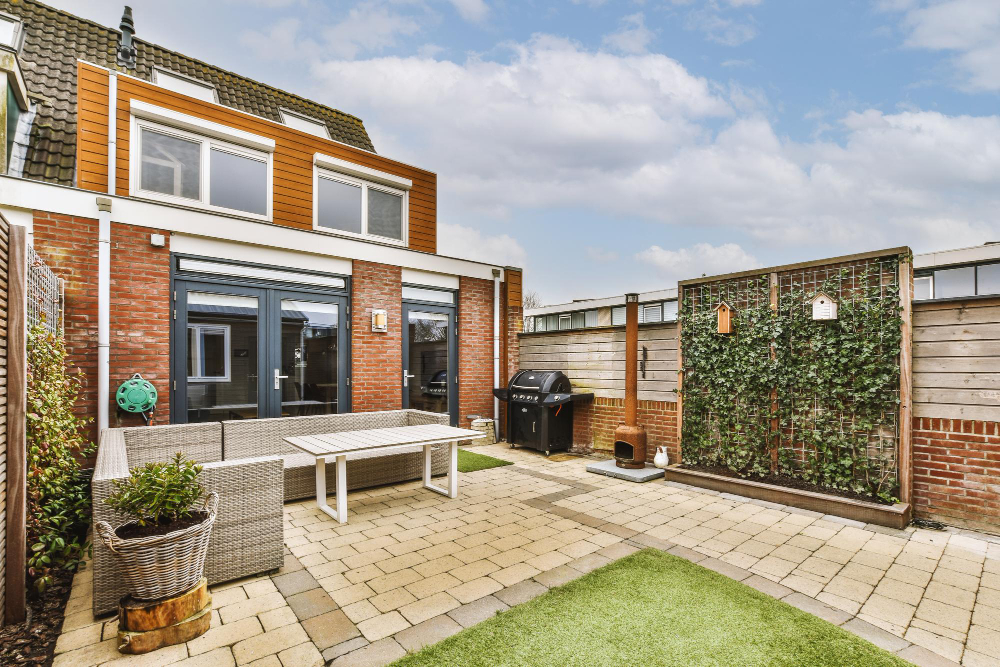You’ve decided that a conservatory extension could be the perfect way to expand your living space, let in natural light, and increase your property’s value. However, there’s one major hurdle: the cost. You may find yourself asking, “How much does a conservatory extension cost, really?” Whether you’re envisioning a small lean-to conservatory or a grand Victorian-style space, there’s a wide range of factors that can affect the price.
The cost of a conservatory extension can seem like a mystery. From the choice of materials to the style you select, and even the location of your home, all of these factors add up. Without the proper knowledge, it’s easy to underestimate or overestimate your budget. Plus, there are additional costs that often get overlooked—like heating, lighting, and potential planning permission fees—that could significantly affect the final price.
In this guide, we’ll break down everything you need to know about the cost of a conservatory extension. From the initial planning stages to the final touches, we’ll provide you with a comprehensive cost breakdown for different types of conservatories. By the end, you’ll be equipped with the knowledge to make informed decisions and plan your conservatory extension with confidence.
1. Understanding the Basics of Conservatory Extensions
A conservatory is more than just an extension; it’s an investment in both your home and lifestyle. The key to determining how much a conservatory extension will cost is understanding the factors that influence price. These include:
Conservatory Style: The design of your conservatory plays a major role in the overall cost. Common styles include lean-to, Edwardian, Victorian, P-shape, and more. Each has its own pricing range depending on size and complexity.
Size of the Extension: Generally, the larger the conservatory, the higher the cost. A small lean-to may be quite affordable, while a large, bespoke Edwardian-style extension will significantly increase the overall price.
Materials Used: Materials like uPVC, timber, and aluminium will impact both the upfront cost and long-term maintenance. Glass choices—such as single glazing, double glazing, or self-cleaning glass—also affect the price.
Location: The region where you live can influence the cost due to variations in labour rates and material availability. For example, costs may be higher in London compared to rural areas.
2. Cost Breakdown for Different Conservatory Styles
The price of a conservatory can vary depending on the style and size of the extension. Below is an estimated price range for each style of conservatory:
| Conservatory Type | Lower Range | Upper Range | Average Price |
| Lean-to Conservatory | £9,000 | £14,250 | £11,625 |
| Edwardian-style Conservatory | £10,500 | £18,000 | £14,250 |
| P-shape Conservatory | £14,000 | £19,500 | £16,750 |
| Victorian-style Conservatory | £11,021 | £15,000 | £13,000 |
| Orangery | £16,000 | £25,000 | £20,000 |
| Gable-front Conservatory | £11,340 | £18,000 | £14,000 |
These prices include the cost for the conservatory structure (frame, windows, roof) but do not include the foundation, flooring, or any interior fit-out. Depending on your chosen materials and design, the total cost can vary greatly.
3. Factors That Influence the Price of a Conservatory Extension
The cost of building a conservatory isn’t just about picking a style and measuring the space. Several factors can influence the price:
Materials
- uPVC: This is the most affordable option, with prices starting at £9,000 for a small lean-to conservatory. While uPVC is low-maintenance, it may not offer the aesthetic appeal of other materials.
- Timber: Timber conservatories offer a traditional and elegant look, but they are more expensive. Timber frames start at £15,000, but they require more maintenance to prevent decay.
- Aluminium: Durable and modern, aluminium conservatories are a popular choice for those looking for a sleek design. Prices for aluminium frames start around £12,000 but can go higher depending on the complexity.
Size
Larger conservatories will require more materials and labour, which increases costs. For example, a 3m x 3m lean-to conservatory will cost significantly less than a sprawling P-shaped extension.
Design Complexity
Some designs, like P-shape or Victorian, are more intricate and require additional craftsmanship and materials, driving up the cost. Simpler designs like the lean-to or Edwardian are more cost-effective.
Extras
Additional costs, such as heating, lighting, flooring, and underfloor heating, should be factored into your budget. For example, the cost of installing underfloor heating can add up to £5,000 to the overall price of your conservatory.
Planning Permission
Most conservatories fall under permitted development rights, but you may still need planning permission depending on the size, location, and proximity to boundaries. On average, planning permission costs around £200 to £500. If your conservatory exceeds the allowed size, you may need to apply for planning permission, which can cost more.
4. Energy Efficiency and Long-Term Savings
While the initial cost of your conservatory is a significant consideration, it’s also important to think about the long-term savings and energy efficiency. High-quality glazing and insulated materials can help reduce energy costs by maintaining a comfortable temperature year-round. Some key features to consider are:
- Double or Triple Glazing: Double glazing helps to reduce heat loss, while triple glazing offers superior insulation. These options increase upfront costs but can lead to long-term savings on energy bills.
- Energy-Efficient Roofs: A well-insulated roof can prevent heat loss and ensure that your conservatory remains comfortable throughout the year. Consider investing in self-cleaning glass for added convenience.
5. Converting a Conservatory into an Extension
If you’re thinking about converting your conservatory into a full extension, the process can be more expensive but may add substantial value to your property. Converting a conservatory typically involves:
- Strengthening Foundations: Most conservatories are built on lightweight foundations that aren’t suitable for a full extension. To convert a conservatory, you’ll need to reinforce the foundations, which can cost anywhere from £5,000 to £25,000.
- Rebuilding: If the foundations aren’t strong enough, the conservatory may need to be rebuilt, costing upwards of £15,000 to £25,000.
6. How to Save Money on Your Conservatory Extension
If you’re looking to save on costs, consider these tips:
- Opt for a Simpler Design: A lean-to or Edwardian-style conservatory will cost less than more complex designs like a P-shape or Orangery.
- DIY Projects: Some homeowners save by opting for a DIY conservatory. This option is not for everyone, but it can significantly reduce labour costs.
- Compare Quotes: Always get multiple quotes from conservatory installers to ensure you’re getting the best deal.
Conclusion
Building a conservatory extension can be a fantastic way to enhance your home and create a light-filled, versatile living space. The cost can vary widely depending on the size, design, materials, and location, but with careful planning and budgeting, you can achieve the conservatory of your dreams without breaking the bank.
By understanding the factors that influence cost, you can make informed decisions and plan effectively for your project. Whether you opt for a simple lean-to or a grand Victorian-style conservatory, the key to success is in the details—budgeting for extras, choosing energy-efficient materials, and considering long-term costs. Take your time to explore your options and get quotes from trusted installers to ensure the best possible outcome for your home.



